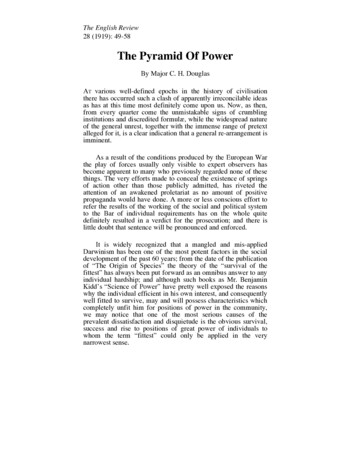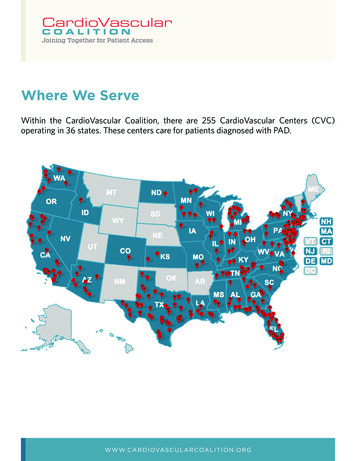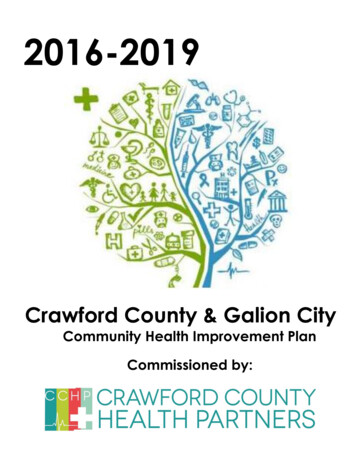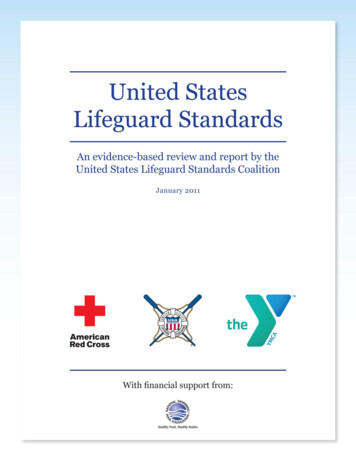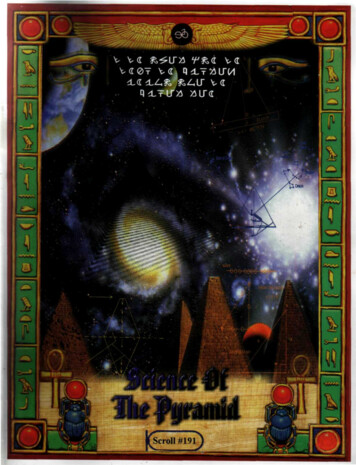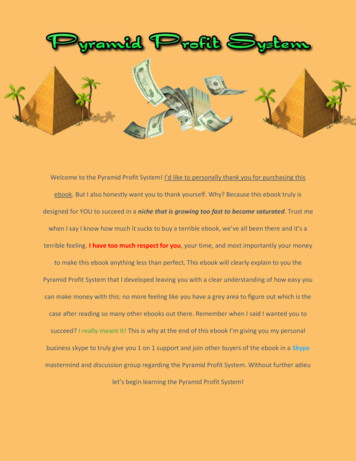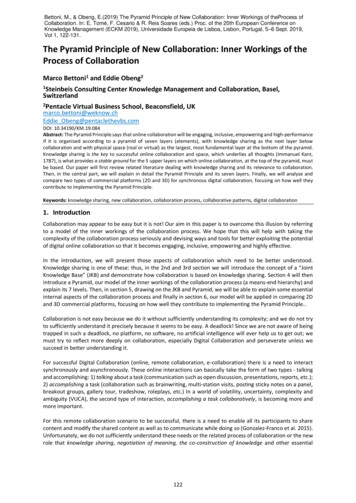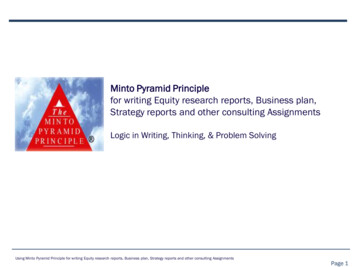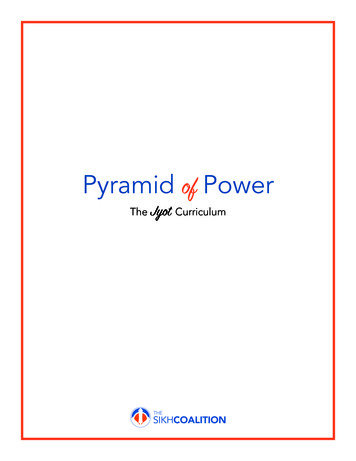
Transcription
Pyramid of PowerThe Jyot Curriculum
Pyramid of PowerLearning Objectives Materials NeededDefine & identify power as well as institutions of powerDefine & identify systems of oppressionDemonstrate imbalance of power and its effectsAnalyze the relationship between power and systems ofchangePrerequisite? Skills to Learn What is Privilege? Facilitator’s KeyEasel with chartpaper or white boardMarkersPost-it notesProjectorLaptop forpowerpointLeadershipCommunity BridgingCritical and AnalyticalThinkingSelf-developmentSay out loudVideoConversation/DebriefReference PowerpointWorkshop TimelineWhat is Power10 minsInstitutional Power vs. Power of the People10 minsUnderstanding Power Structures20 minsBreak10 minsPyramid of Power15 minsDebrief5 minsTotal Time 1 hour 10 minutesThe Jyot Curriculum
Pyramid of PowerWhat is Power?10 minsWhat do you think of when you hear the word “power”?[Take responses.]Write out responses onchart paper or awhiteboardHow would you define power?[Take responses.]The definition we can loosely agree on is: Power the capacity to control circumstances in your favorHow do the examples you all shared illustrate this definition of power?(i.e. money – people with money can control the media)Institutional Power vs. Power of the People10 mins What are examples of institutions in our society? [Take examples of institutions. Ex.: education system/colleges,banks, corporations, etc.] Based on our examples, how can we define institution then? [Take responses.] The definition we can loosely agree on is:Institution an influential organization or structure that helps toestablish and maintain the norms and rules of society What do we think institutional power means then? [Take responses.] The definition we can loosely agree on is:Institutional Power the control that institutions have over theway society is constructed and maintained So how do the people fit in to this system of power? [Take responses. Guide participants to the term power of thepeople and have them define.] Show political cartoon on next slide in the powerpoint as a hint We call this the Power of the People the power that all of us have aseveryday people to collectively make change in the worldThe Jyot Curriculum
Pyramid of PowerUnderstanding Power Structures20 minsWe are going to fill out a chart based on groups with institutional power andthe groups that don’t have such power in society, as we were just discussing. Split butcher paper into four columns, titled Power Group,Oppressed Group, Target Group, Examples, andPower Structure.As we were doing before, let’s discuss what are some groups with power, andwhat are the corresponding groups without the power?[Complete the chart accordingly.][If helpful, use questions like “Who do you usually see in positionsof power? Who has more power in society, or ? How do youknow? What groups face discrimination?”Use Powerpoint to aid infilling out this chart. Askprompt questions to getthem to think, and pullup powerpoint to startthe conversation.Sample Table/Some ExamplesPower GroupThe wealthyCisgenderedMalesWhite PeopleOppressedGroupThe workingclassExamplesPower StructureHealthcare is not Capitalismaccessible to all.Minimum wageis not a livablewage in manystatesAll other genders The wage-gap,The Patriarchy(Women; nonmen earn morebinary, trans,money doinggender nonthe same jobconforming,with either theintersex, twosame or lesserspirit folx)qualificationsthan a colleagueof anothergender.People of colorPreference inWhite Privilegehiring, likelinessto not haveobstacles thatare because oftheir skin color,white privilege.The Jyot Curriculum
Pyramid of PowerUnderstanding Power Structures (continued)20 mins Use the powerpoint to get participants to guess power structures andaid them in filling out the chart Show cartoon, have them discuss who has the power and who isoppressed and fill these in on the “Power Structure” chart. Guidethem to the name of the power structure. The term will appearupon click, and then the next slide gives a definition. Power structures and definitions from the powerpoint: White privilege the system that gives white people powerand privileges at the expense of people of color and minorities. Capitalism the economic system we live under whererich people gain profit and power from the exploitation andoppression of poor and working class people. Male privilege the system we live under where men gainprofit and power at the expense of women and other genders. Ableism the system that gives power and privilege to ablebodied people (people who are not differently-abled) at theexpense of people who are differently-abled. Heterosexism the system we live under where heterosexualsgain power and privilege at the expense of LGBTQ people. Institutional Racism The system that give power to whitepeople at the expense of people of color on an institutionallevel. This type of racism is wide-spread and affects masses ofpeople rather than racism targeted against individuals. Thispower is created and backed by institutions and even the law.There are other target groups that also face systematic,institutional oppression, such as immigrants, non-Englishspeakers, etc. Does anyone have questions before we continue?It is important to remember that not all members of power groups are “badpeople” – not all white people are bad, not all men are bad, etc. It is thegroups as a whole that lead to historically imbalanced institutional powerstructures – not individual power structures. In fact, many of us are differentsides of the chart, including the power groups. Being able to recognizeour power and roots of oppression is the critical first step. This allows usto leverage our privileges under these systems of oppression to help thetargeted groups. This is called allyship. Can anyone name some ways wecan be good allies?The Jyot Curriculum
Pyramid of PowerBreak to Process Definitions.10 minsPyramid of Power15 mins Draw out a pyramid on chart paper or a whiteboard. Split into threelevels. Hand out post-it notes to every participant. Have each participant writesome identity groups (power group, oppressed group, cultural group,etc). Have participants place post-its where they think the group would be inthe pyramid, the top being the most powerful and the bottom being theleast. The top portion would be the most powerful (white, able-bodied,heterosexual, male, etc.), and the bottom would be the leastpowerful (people of color, disabled, LGBTQ, female, immigrants,non-US citizens, undocumented folks, etc.).If the top of the pyramid is so small, how do they hold the most power? Allow participants to respond, probing them to include thementioned systems of oppression in their answers to demonstratethe imbalance of power and thus their understanding ofinstitutional power versus people power, and systems ofoppression (i.e. the top of the pyramid has the smallest group ofpeople, but their power is significant due to white supremacy,capitalism.etc.).Debrief5 mins Ask participants for their reactions. What did they learn through thisworkshop? What is something that surprised them? What is somethingthey want to research more?Do you feel this pyramid is fair, a world that you want to live in? If not, howwould you want to see this changed? [Take responses of ideal situations.]The important thing to remember from this pyramid is the Power of thePeople. People truly have great power – we are the masses, and there ispower in numbers with the right organizing. We need to shift power awayfrom the top and dismantle the systems of oppression.The Jyot Curriculum
SourcesBuilding Power, Sharpening Minds!: Political Education Workshop Manual, TheSchool of Unity & Liberation (SOUL), Second Edition, 2007“Pyramid of Power: What is power?” pages 41-42“Pyramid of Power: Power Chart” pages 45-48“Pyramid of Power: Pyramid of Power” pages 49-50The Jyot Curriculum
Pyramid of Power Break to Process Definitions. 10 mins The Jyot Curriculum Pyramid of Power 15 mins Draw out a pyramid on chart paper or a whiteboard. Split into three levels. Hand out post-it notes to every participant. Have each participant write some identity groups (power group, oppressed group, cultural group, etc).
